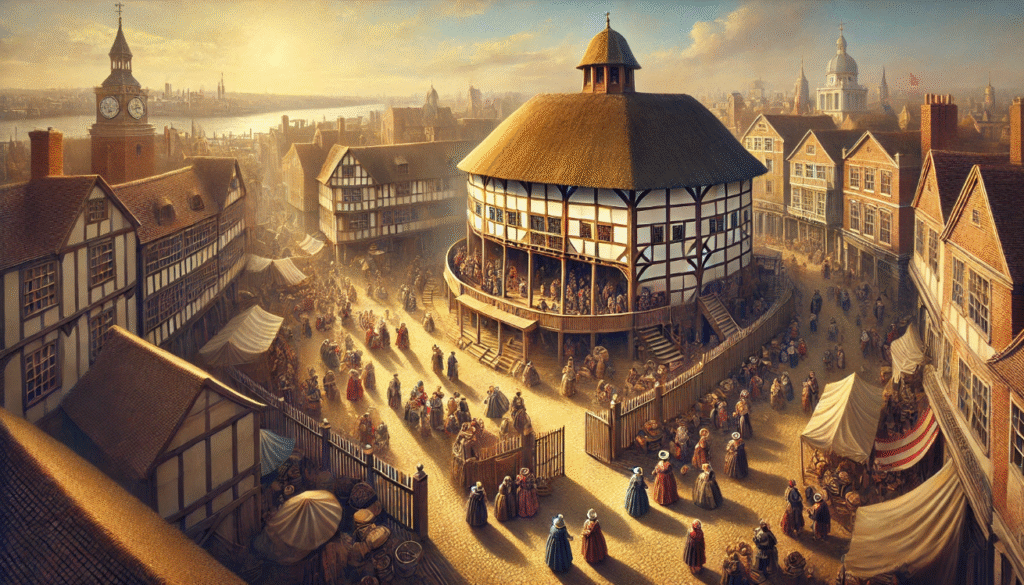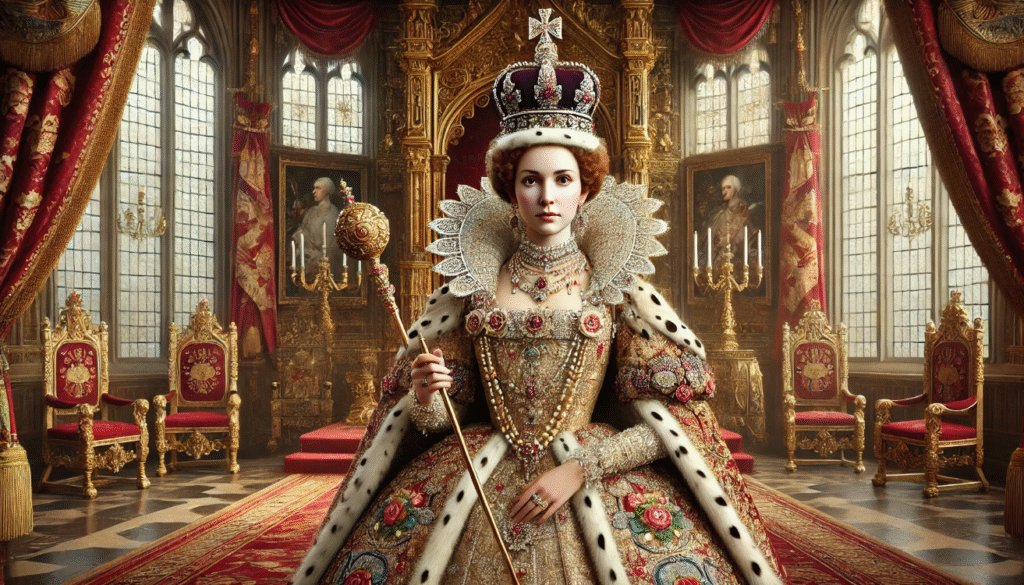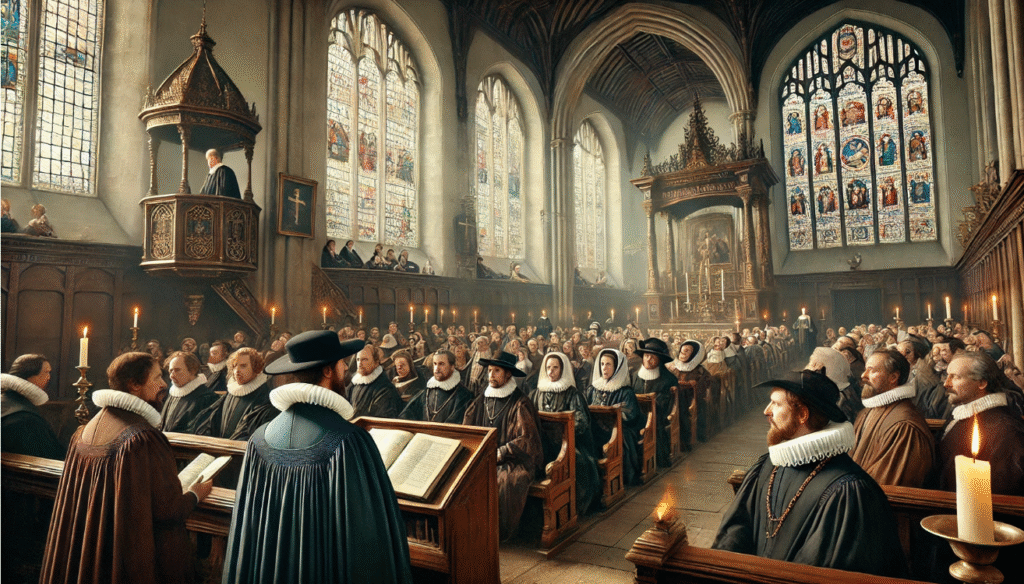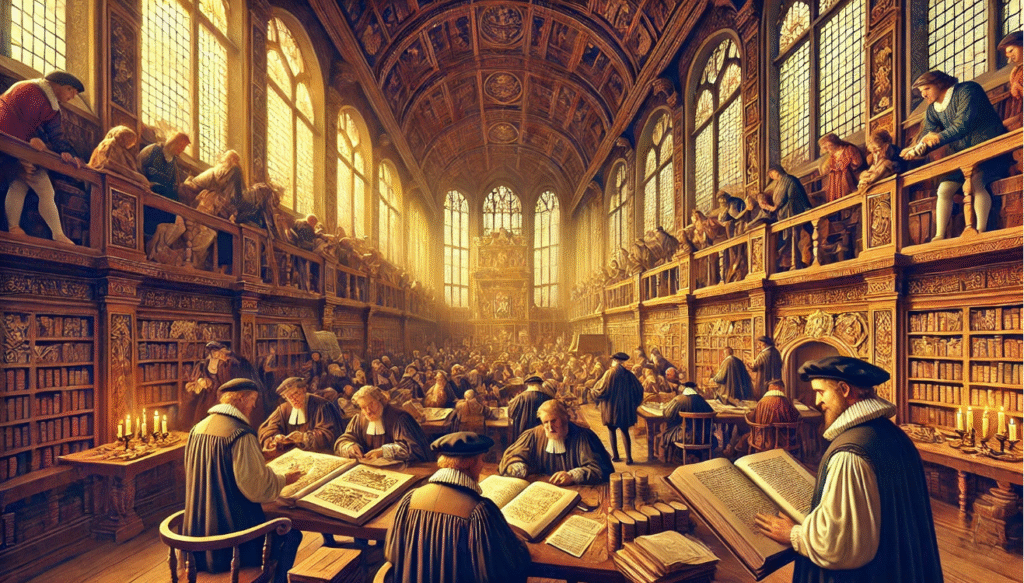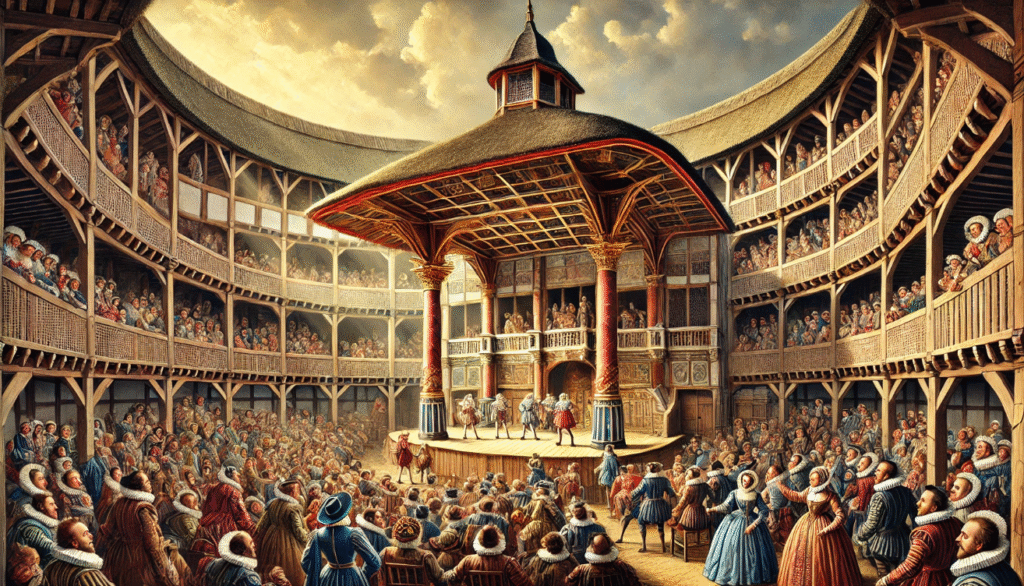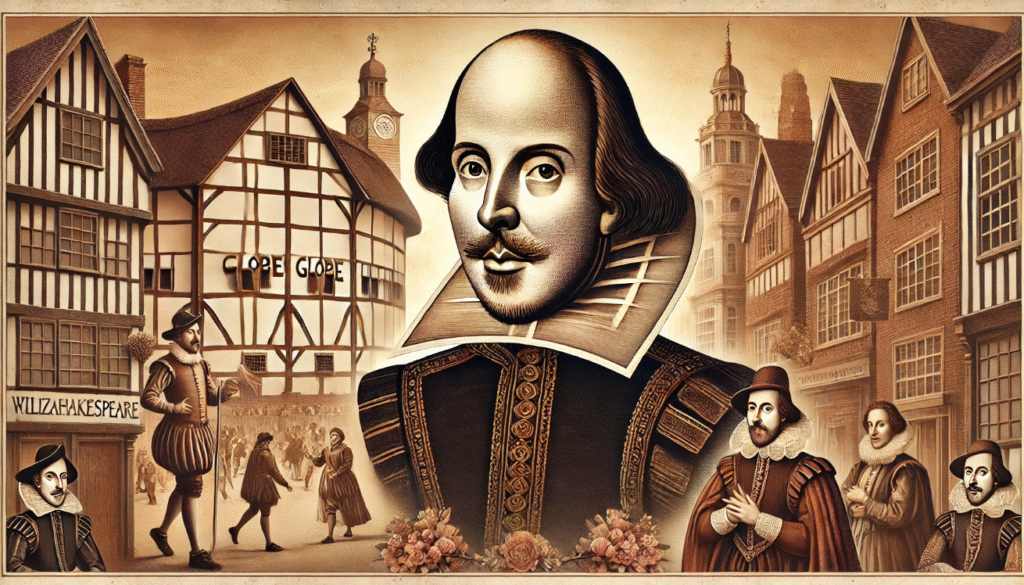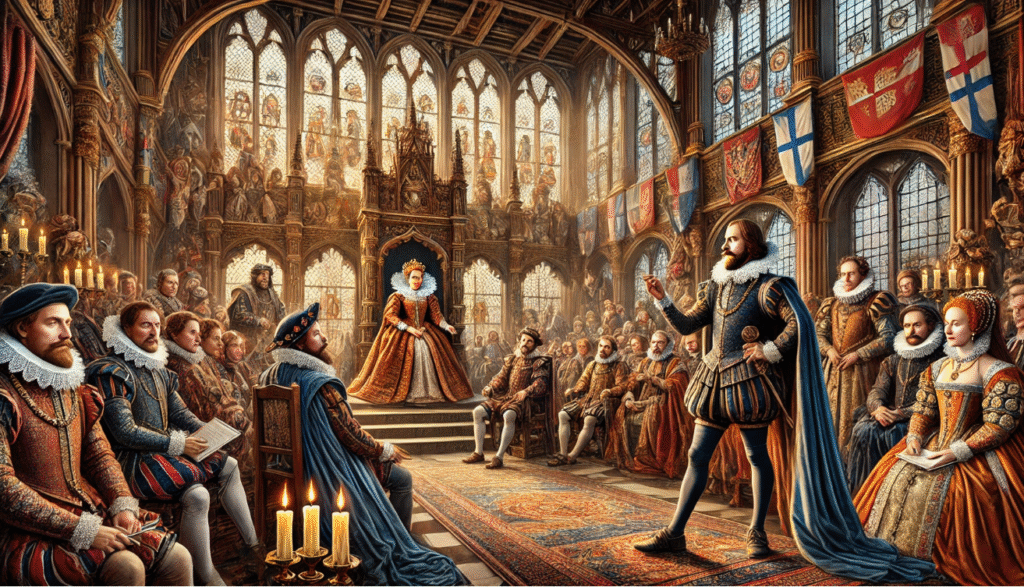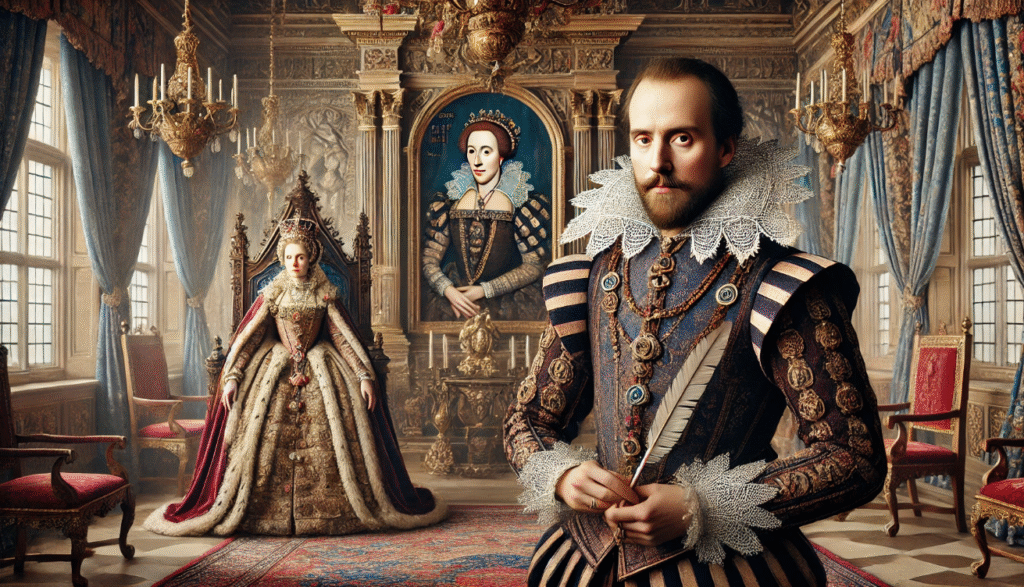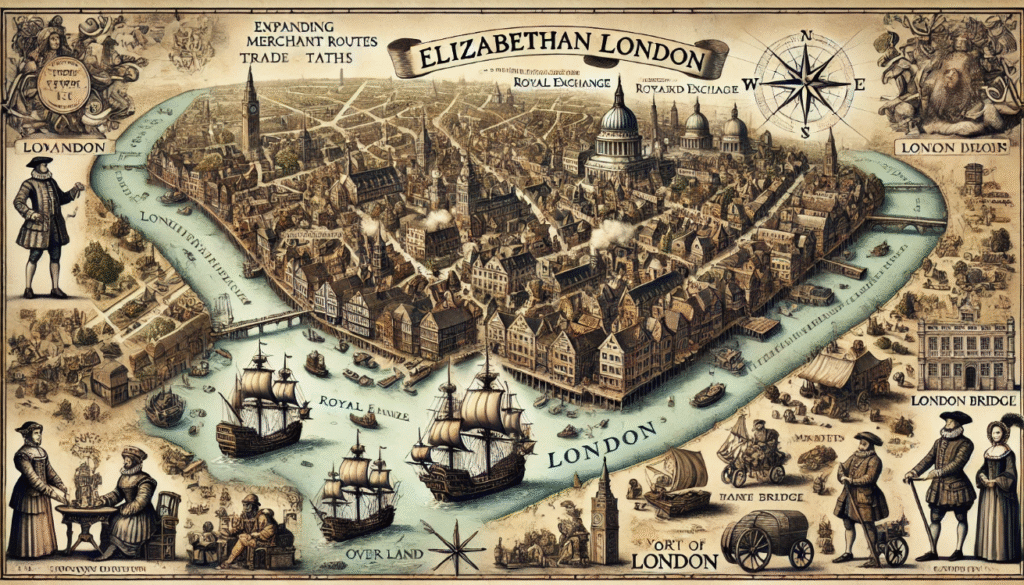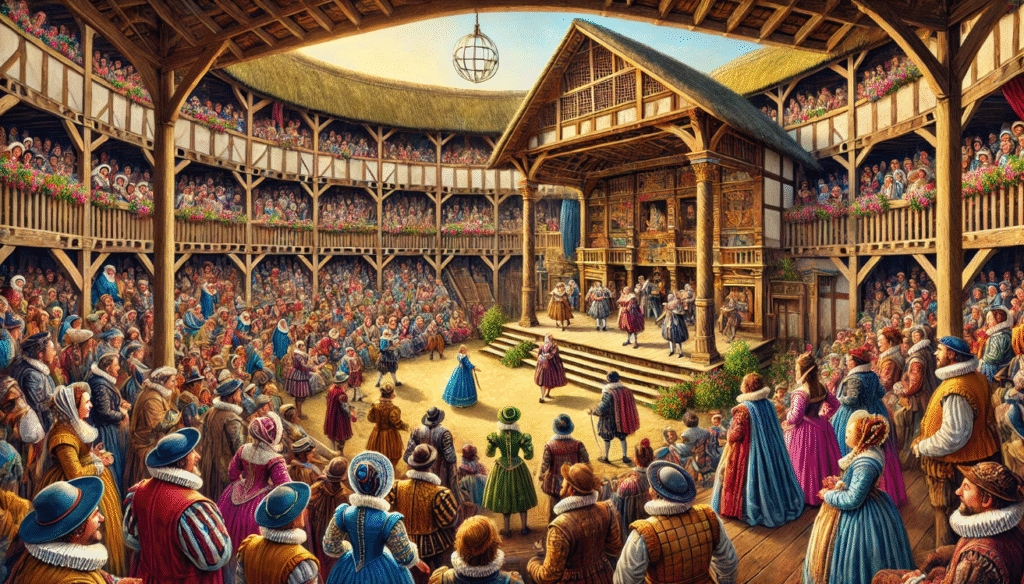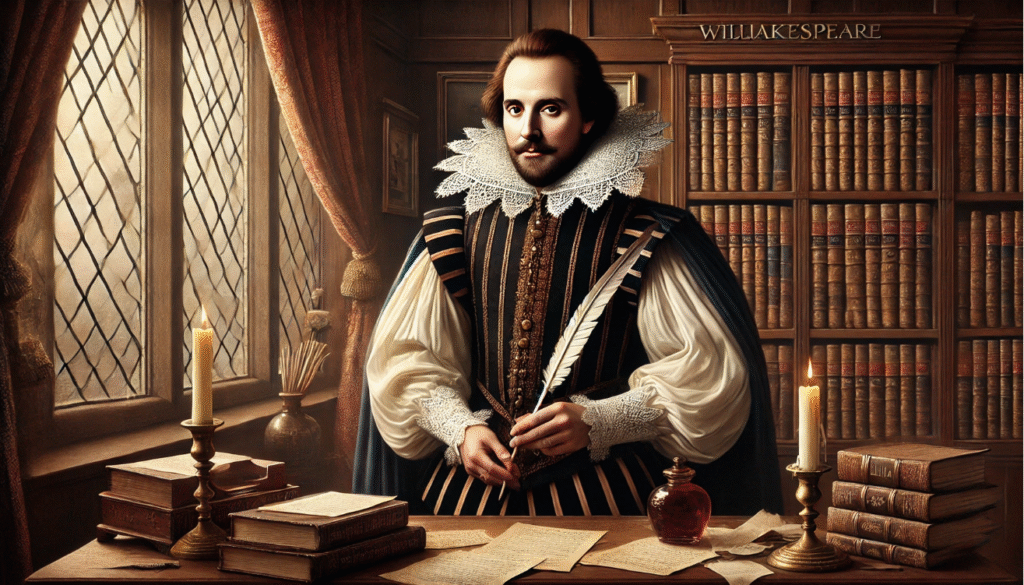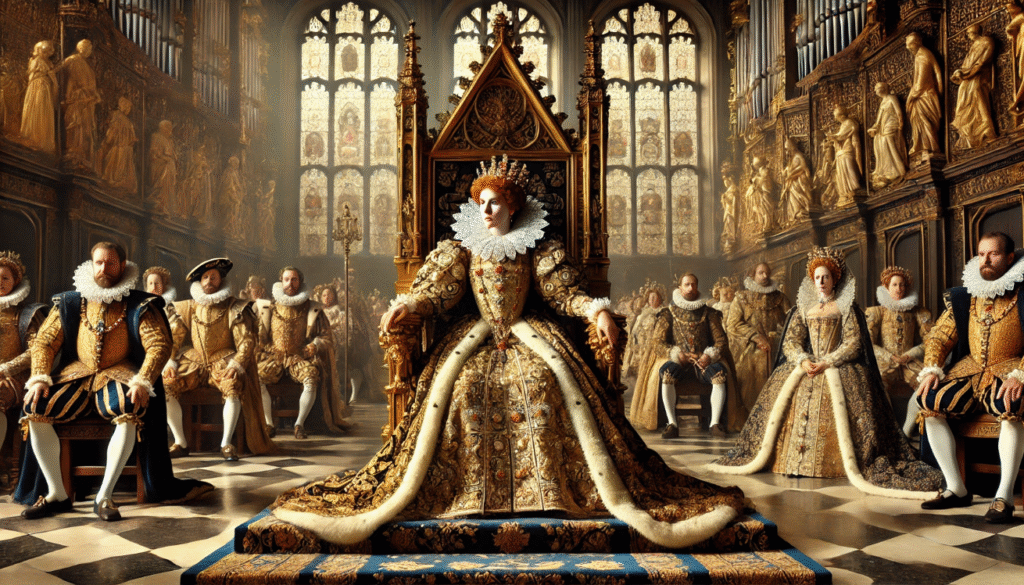 The Globe Theatre’s historical significance hold importance in theatre history due to its cultural, historical, and artistic relevance. Built in 1599, it was home to many of William Shakespeare’s plays and became a cornerstone of his career. The Globe Theatre’s historical significance unique design and open-air structure allowed for a more immersive and interactive experience for audiences, revolutionizing the way theatre was performed and experienced. Its impact on the development of English drama and the enduring legacy of Shakespeare’s works cannot be overstated. The Globe Theatre’s historical significance remains an iconic symbol of Renaissance theatre and continues to be a popular tourist attraction and performance venue.
The Globe Theatre’s historical significance hold importance in theatre history due to its cultural, historical, and artistic relevance. Built in 1599, it was home to many of William Shakespeare’s plays and became a cornerstone of his career. The Globe Theatre’s historical significance unique design and open-air structure allowed for a more immersive and interactive experience for audiences, revolutionizing the way theatre was performed and experienced. Its impact on the development of English drama and the enduring legacy of Shakespeare’s works cannot be overstated. The Globe Theatre’s historical significance remains an iconic symbol of Renaissance theatre and continues to be a popular tourist attraction and performance venue.
The purpose of this article is to explore the historical significance of a particular play through time and its lasting impact on modern theatre. It will delve into the cultural and social context of the play’s creation, as well as its reception and influence on subsequent works. By examining the play’s evolution and enduring relevance, we can gain a deeper understanding of its importance in the history of theatre and its ongoing impact on contemporary dramatic arts.
The Birth of the Globe Theatre: Origins and Construction

The Globe Theatre was founded in 1599 by Shakespeare’s acting company, the Lord Chamberlain’s Men. It was built in London’s Southwark district and quickly became one of the most famous and important theaters of its time. The Globe Theatre was a round, open-air venue with a thatched roof and could accommodate up to 3,000 spectators. It was the primary location for the performance of Shakespeare’s plays and other popular works of the era. The Globe Theatre played a significant role in the development of English drama and continues to be a celebrated symbol of the Renaissance theater.
The original Globe Theatre, built in 1599, was designed with open-air features that were essential to the theatrical experience during the Elizabethan era. Its circular shape and open roof allowed for natural lighting and acoustics, creating an immersive experience for the audience. The absence of a roof also meant that performances were dependent on the weather, adding an element of unpredictability to the shows. Additionally, the open-air design allowed for a larger audience capacity, making theatre accessible to a wider range of people. Overall, the architectural features of the Globe Theatre were instrumental in shaping the theatrical experience during this pivotal period in history.
The theatre in Southwark, London is located on the South Bank of the River Thames, just a short distance from the famous Globe Theatre. This area became a cultural hub due to its rich history and close proximity to the city center. The Southwark area has a long-standing tradition of being a hub for artistic and cultural activities, dating back to the Elizabethan era when Shakespeare and his contemporaries made Southwark their creative home. Today, the area is home to a number of theatres, galleries, and performance spaces, making it a vibrant and thriving cultural center in London.
Shakespeare’s Influence: The Globe as a Stage for Genius

The Globe Theatre is an iconic venue that served as the home of William Shakespeare’s plays during the late 16th and early 17th centuries. It was a premier location for the production and performance of Shakespeare’s most famous works, such as “Hamlet,” “Othello,” and “Macbeth.” The theatre’s unique design and open-air construction allowed for a dynamic and immersive experience for audiences, and it continues to be a popular destination for Shakespeare enthusiasts and theatre-goers today.
The Globe Theatre was a significant space for Shakespeare’s creative innovation and experimentation. It provided a platform for him to transform and popularize theatre in a number of ways. One key aspect was the Globe’s unique design, which allowed for a more immersive and interactive experience for the audience. The open-air, circular structure meant that the audience was in close proximity to the actors, creating a more intimate and engaging atmosphere. Shakespeare also utilized the Globe’s stage and its capabilities to experiment with various theatrical techniques, such as using trap doors and special effects to enhance the production value of his plays. This allowed him to push the boundaries of traditional theatre and create a more dynamic and visually stimulating experience for the audience.
Social and Cultural Impact: The Globe Theatre as a Meeting Place
The Globe played a significant role in shaping public entertainment and popular culture in London during the Elizabethan era. As one of the most popular theatres of the time, it attracted a diverse audience from different social classes. The lower classes, including laborers, apprentices, and servants, often stood in the pit area, while the wealthier patrons sat in the galleries. This reflected the class divides of the time, as the theatre was a place where people from all walks of life could come together to enjoy the same form of entertainment. The Globe’s productions also reflected the social and political issues of the time, influencing public opinion and shaping popular culture in London.
The Globe Theatre has been a significant space for intellectual exchange throughout history, influencing political, cultural, and social thought. As a hub for theatrical performances, it has played a crucial role in shaping modern theatre-going traditions. The Globe’s impact extends beyond the entertainment value of its productions, as it has been a platform for the exchange of ideas and perspectives, contributing to the evolution of society and culture. Its historical significance and continued relevance make it an essential space for intellectual and artistic exploration.
The Globe’s Tragic Destruction and Revival

The Globe Theatre, known for its tragic end in 1613 when it was destroyed by fire during a performance, was actually reconstructed in 1614. However, it eventually closed in 1642 due to the Puritan-led ban on theatres. This ban was a result of the Puritans’ disapproval of the perceived immorality and excess associated with theatrical performances.
The Globe Theatre’s closing in 1642 was a significant event in history, as it marked the end of an era in English theatre. The original Globe Theatre was a hub of cultural and social activity during the Elizabethan era, showcasing the works of William Shakespeare and other prominent playwrights. Its closure symbolized the shifting social and political landscapes of the time, including the rise of Puritan influence and the eventual closure of all theatres in London. However, the revival of the Globe in the 20th century by Sam Wanamaker was a momentous occasion that brought back the spirit of the original theatre.
The Globe Theatre’s Legacy: Influence on Modern Theatre and Popular Culture
The influence of the Globe’s architecture, design, and performance style on modern theatre spaces is significant. The Globe’s iconic open-air design, with its thrust stage and minimalistic set, has inspired many modern theatre designs. Its emphasis on audience engagement and the use of natural light and acoustics has also influenced the design of contemporary theatre spaces. In addition, the Globe’s performance style, which emphasizes the use of original practices such as all-male casts and period costumes, has been embraced by many modern theatre companies. This approach to Shakespearean productions has added a new dimension to contemporary performances and festivals, providing audiences with a unique and authentic experience of the plays as they were originally intended to be performed.
The Globe Theatre is portrayed in modern pop culture as a symbol of the arts and an iconic landmark in the world of theater. It is often depicted in movies, television shows, and literature as a significant cultural and historical site. The Shakespeare’s Globe Theatre in London is a prime example of the educational and preservation efforts that are dedicated to keeping the Globe’s legacy alive today. This modern reconstruction of the original Globe Theatre provides a platform for showcasing Shakespeare’s works and offers educational programs for the public to learn about the history and significance of the theater. Overall, the Globe Theatre continues to be revered as a symbol of the arts and is actively preserved and celebrated in modern times through various educational and cultural initiatives.
The Globe Theatre in the Digital Age

Modern technology has played a significant role in making the Globe Theatre accessible globally. Through virtual tours, live-streamed performances, and educational resources, people from all over the world can now experience the magic of the Globe from the comfort of their own homes. This has opened up new opportunities for audiences to engage with the theatre and its rich history, breaking down geographical barriers and allowing even more people to appreciate the cultural significance of this iconic landmark. Preserving the legacy of the Globe Theatre is crucial for future generations. The theatre holds immense historical and cultural value, and it is important to ensure that its traditions and stories are passed down to future audiences.
The Globe Theatre’s Unfading Historical Significance

The Globe Theatre holds significant historical importance as the primary venue for William Shakespeare’s plays during the late 16th and early 17th centuries. It was here that many of his most famous works, such as “Hamlet,” “Macbeth,” and “Romeo and Juliet,” were first performed, contributing to the establishment of English theater as we know it today. Shakespeare’s enduring legacy and the Globe’s impact on the world of theatre and culture cannot be overstated. His plays continue to be performed and studied worldwide, shaping the way we understand and appreciate literature and drama. The Globe’s commitment to preserving and promoting Shakespeare’s works has played a crucial role in keeping his legacy alive and relevant in the modern era.

